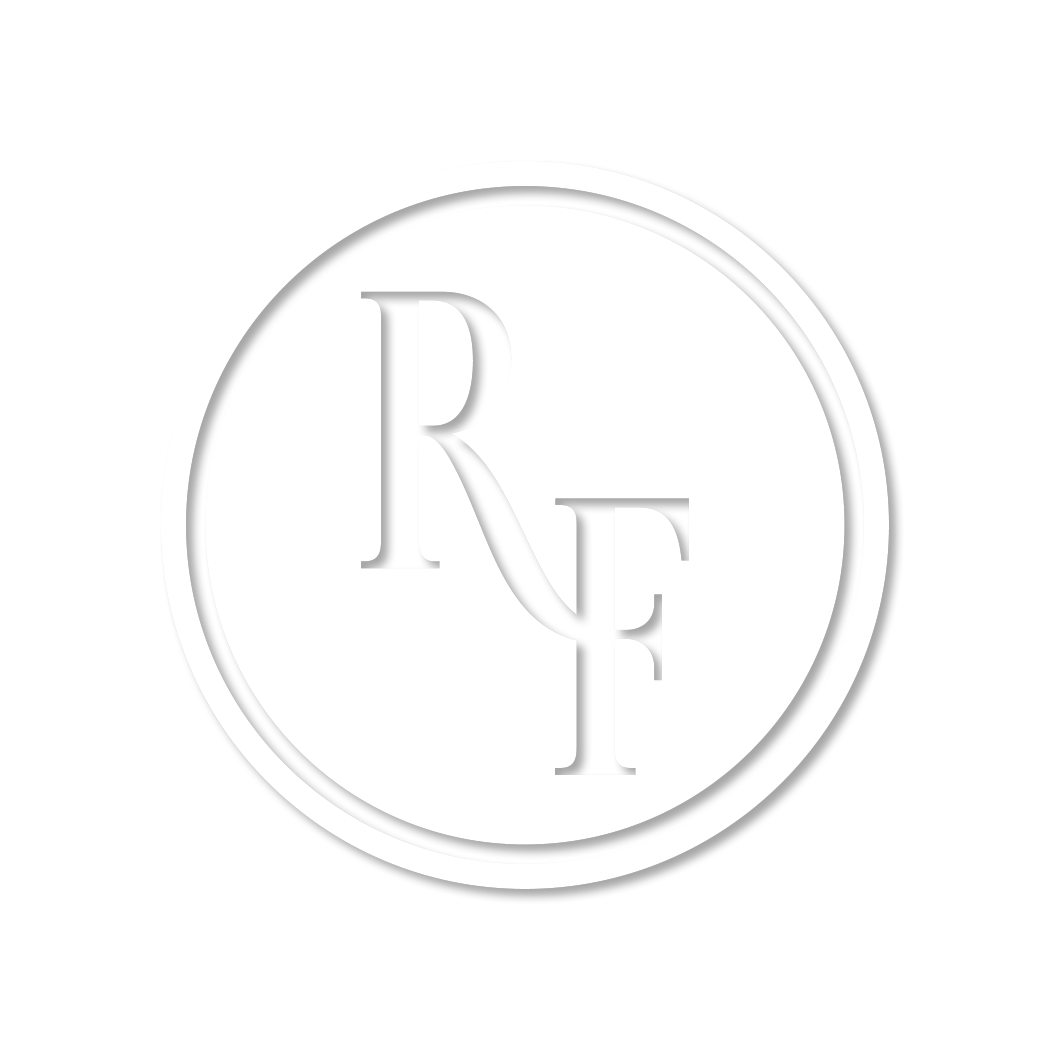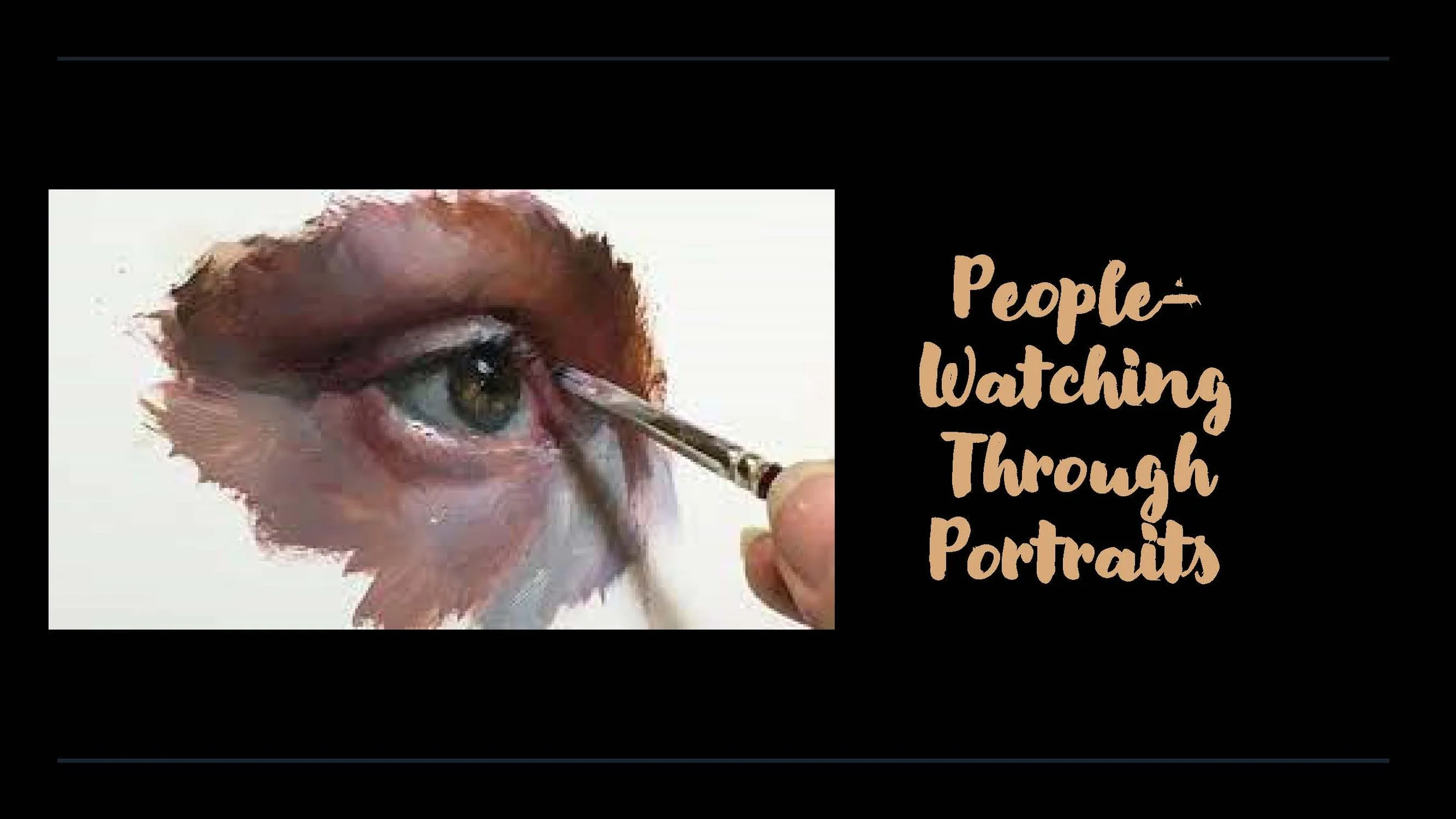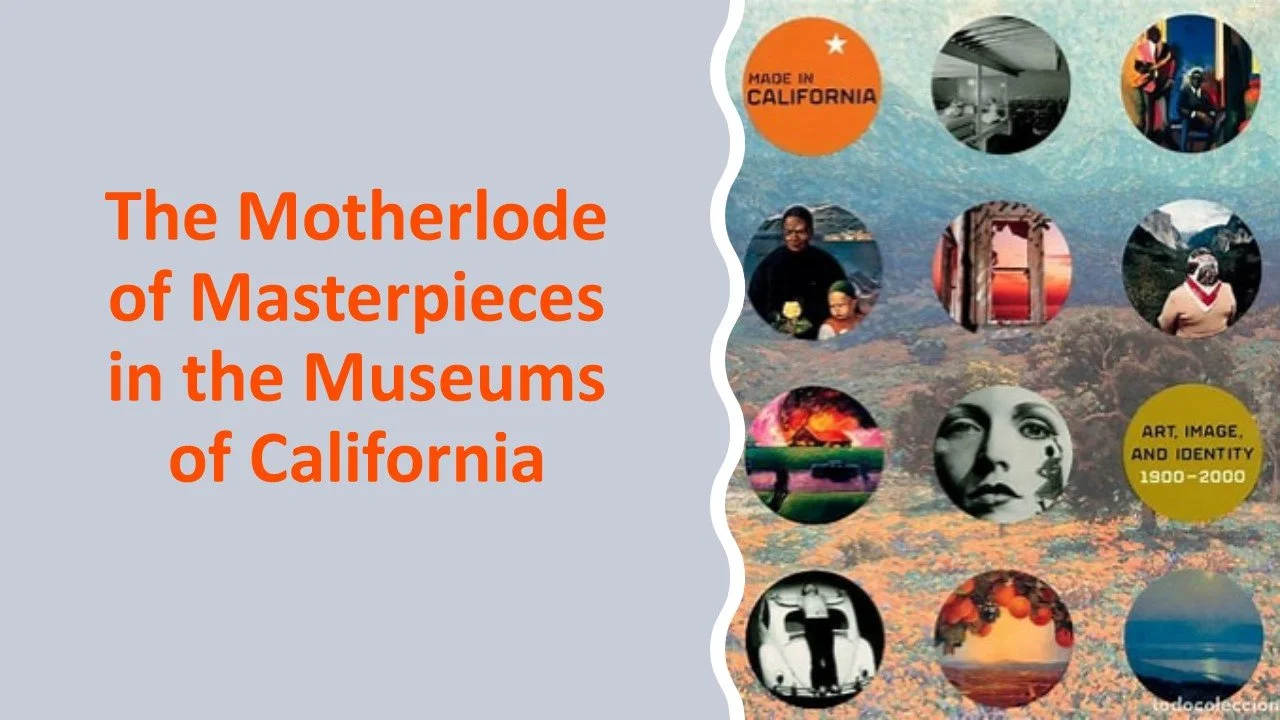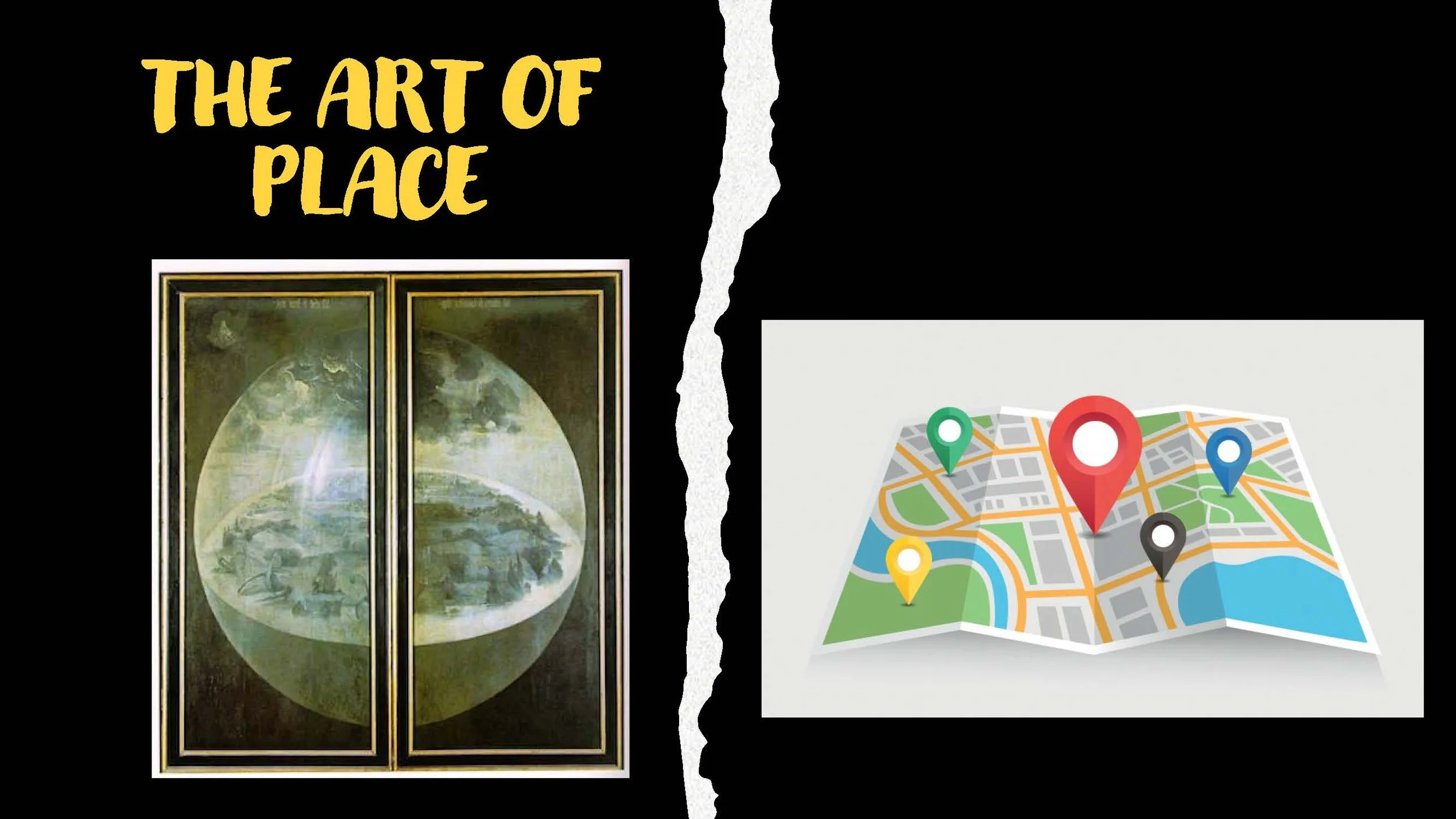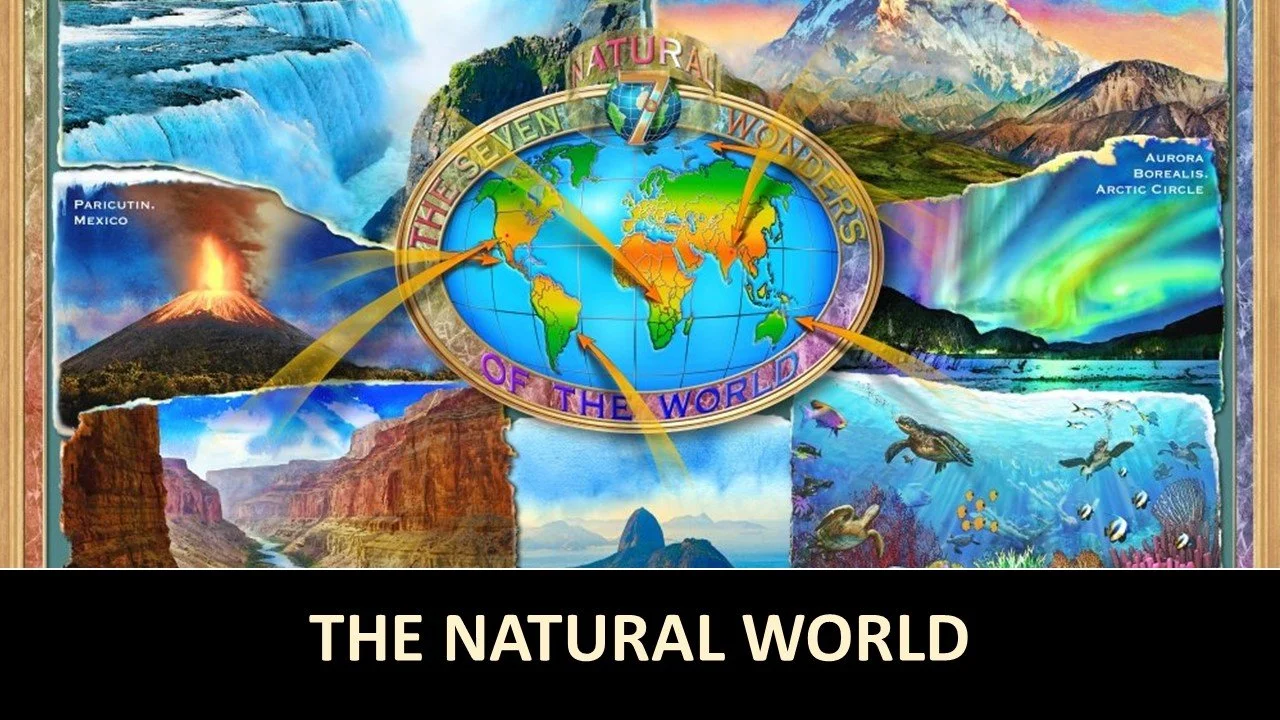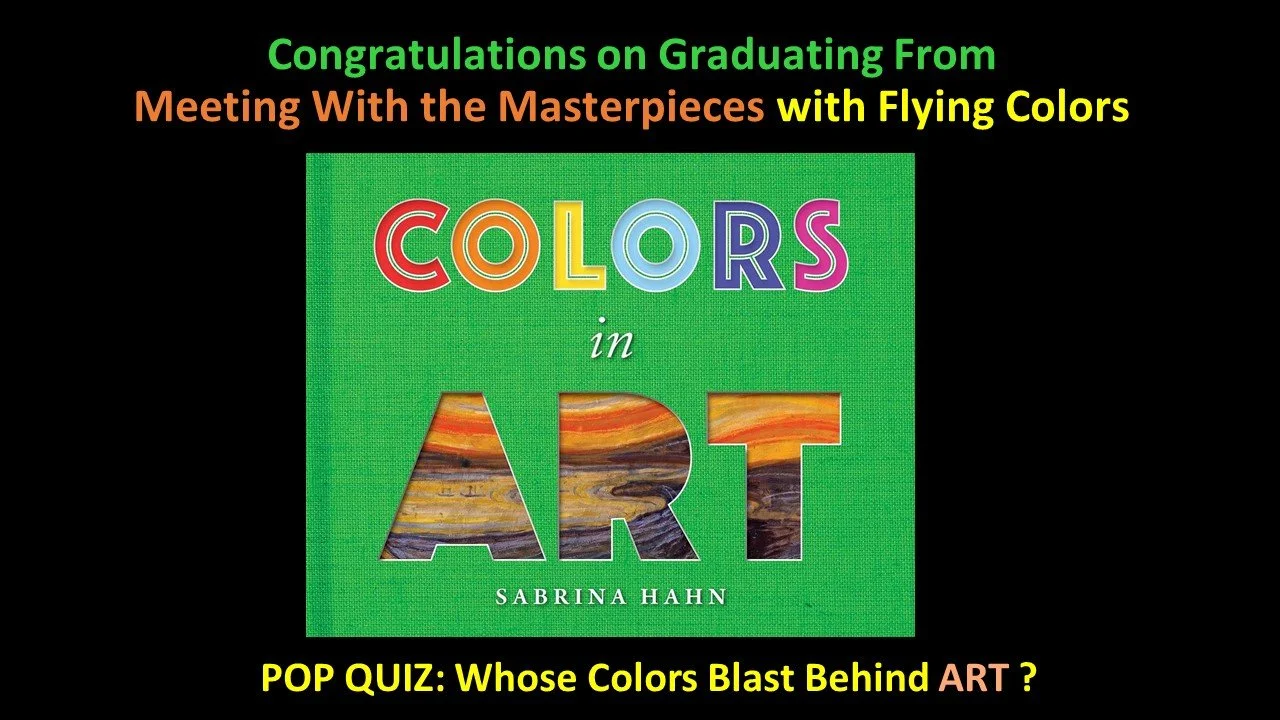
OLLI Meetings with the Masterpieces
Renée’s beloved series of Meetings with the Masterpieces at the Osher Lifelong Learning Institute at California State University Monterey Bay (OLLI @ CSUMB) has concluded after 24 sessions. The classes showcased Renée’s connections between the art she loves and everything else she loves — and Renée loves everything. Connections included books, music, pop culture, movies, comics, and more.
All previous Meetings with the Masterpieces are available to peruse below with the recording and slides in PDF.
OLLI @ CSUMB provides a dynamic community for those aged 50 and better living in the Monterey Bay Peninsula (and beyond to those with access to Zoom) in many fields including (but not limited to) science, history, music, and art.

Past Meetings with the Masterpieces
MWM 1
To view the Powerpoint, click picture above or here.
MWM 2
To view the Powerpoint, click picture above or here.
MWM 3
To view the Powerpoint, click the image above or here.
MWM 4
To view the Powerpoint, click image above or here.
MWM 5
To view the Powerpoint, click image above or here.
MWM 6
To view the Powerpoint, click the image above or here.
MWM 7 (Recording Available!)
To view the Powerpoint slides alone, click here.
MWM 8 (Recording Available!)
To view the Powerpoint slides alone, click here for Part 1 and here for Part 2.
MWM 9 (Recording Available!)
To view the Powerpoint slides alone, click here for Part 1 and here for Part 2.
MWM 10 (Recording Available!)
To view the Powerpoint slides, click here for Part 1 and here for Part 2.
MWM 11 (Recording Available!)
To view the Powerpoint slides, click here for Part 1 and here for Part 2.
MWM 12 (Recording Available!)
To view the Powerpoint slides, click here for Part 1 and here for Part 2.
MWM 13 (Recording Available!)
To view slides, click for Part 1 Here and for Part 2 Here.
MWM 14 (Recording Available!)
To view slides, click here for part 1 and here for part 2.
MWM 15 (Recording Available!)
To view the powerpoint slides, click here for part 1 and here for part 2.
MWM 16 (Recording Available!)
To view slides, click here for part 1 and here for part 2.
MWM 17 (Recording Available!)
To view slides, click here for part 1, here for part 2, here for part 3 and here for part 4.
MWM 18 (Recording Available!)
To view the powerpoint slides, click here for part 1 and here for part 2.
MWM 19 (Recording Available!)
To view the powerpoint slides, click here.
MWM 20 (Recording Available!)
To view the powerpoint slides, click here
MWM 21 (Recording Available!)
To view the powerpoint slides, click here.
